Results

A small passerine bird, up to 9 cm in length. The plumage of the adults is dorsally brownish-grey and generally covered in fine horizontal bars or streaks. The throat and flanks are beige, the belly is partly red, and the face is covered ...
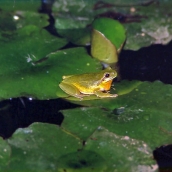
This small amphibian generally measures up to 40 mm, but specimens up to 50 mm have been known. The head is short, the snout rounded and the eyes are quite large, with a horizontal pupil. Dorsal colouring is variable, generally dark ...
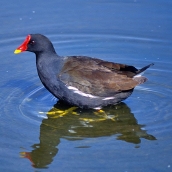
This aquatic bird measures from 27-31 cm in total length, wingspan from 50-55 cm. The back is dark brown, unlike the rest of the plumage, which is slate-grey. The bill is red and yellow-tipped and the legs are yellow. It has white flashes ...

The smallest land mammal in Europe and one of the smallest in the world, this little shrew has a head and body length of just 35-53 mm. It is very similar to other shrews, but the head is proportionally larger and the tail is longer, ...
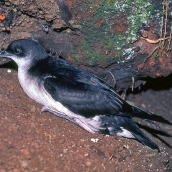
This pelagic seabird measures 30-35 cm in length, has a wingspan of 71-83 cm and is distinguished by a sharply contrasting black back and white belly. The dark tones of the head extend to below the eye, a feature shared with the Cape ...
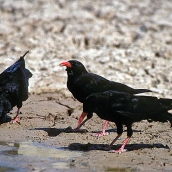
A member of the crow family, measuring 37-41 cm in total length, with a wingspan of 68-80 cm. The plumage is entirely black, the bill is red and curved, and the legs are the same colour. Juveniles, however, have an orangey-yellow bill. ...
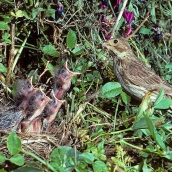
This passerine measures 16-19 cm in total length. It is identified by a thick robust bill and cryptic plumage, greyish-brown on the back and much lighter on the belly, with vertical streaks; the tail is relatively long. Its presence is ...

Steppe bird measuring up to 13-14 cm in length. Its plumage is cryptic, greyish-brown on the back and whitish on the underparts, with a pronounced vertical streak on the breast and a faint but visible line over the eyes. It has a short ...
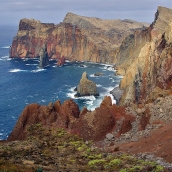
The archipelago of Madeira lies on an oceanic crust aged 140 Ma (millions of years) and rises from a depth of 4.000 m on the seafloor to Pico Ruivo, the highest point at 1,862 m above sea level (on the island of Madeira). Located at the ...
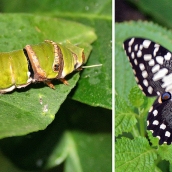
A species of papilionid butterfly from sub-Saharan Africa, also known as Christmas butterfly because adults emerge at that time. Distribution extends to the south of the Arabian Peninsula and from central to South Africa, including ...
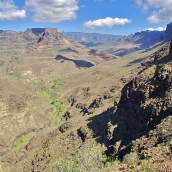
The archipelago of the Canaries is made up of a series of independent volcanic elevations (except for Lanzarote and Fuerteventura that form a single island block separated by La Bocaina Strait), which emerge from the ocean floor at more ...
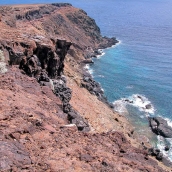
This group of islands, islets and rocky outcrops form the emergent part of a single volcanic edifice, the base of which is located at 3,500 m depth and which gradually grew through the accumulation of materials from a sequence of ...
















